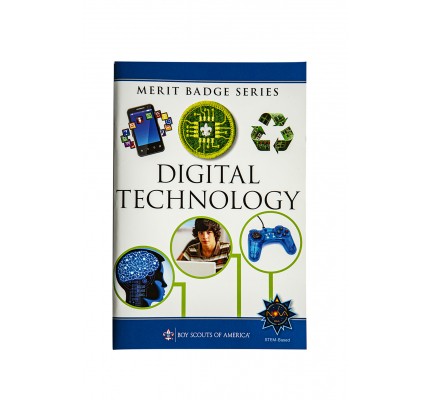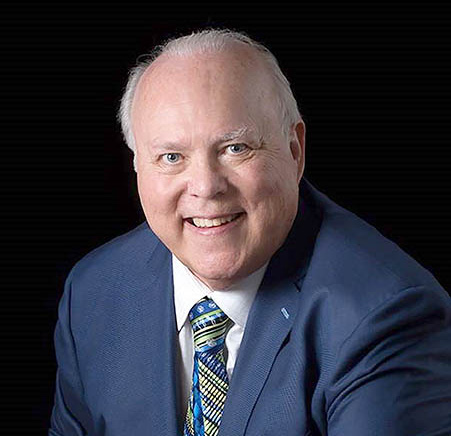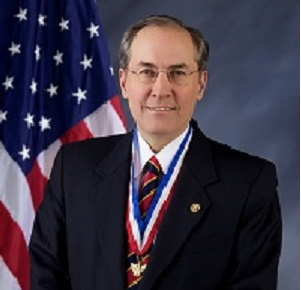
At first blush, you might think today’s Scouts would need a technology merit badge as much as a merit badge for eating. After all, they’re digital natives who can’t remember a time without laptops, smartphones and GPS devices.
Yet the new Digital Technology merit badge does more than teach Scouts something they already know or give them credit for what they’ve already done. Instead, the badge — which replaced the Computers merit badge at the end of 2014 — adds context to the technology they use every day and helps them become safe and smart users of all sorts of digital devices.
Digital Technology Merit Badge bookTo learn more about the Digital Technology merit badge and how you can teach it effectively, Scouting talked with two of the badge’s creators, Celeste Rance and Steve Wincor. Rance, who lives near San Antonio, is a software developer for Pearson North America; Wincor, who lives in the San Francisco Bay area, retired last year from the aerospace industry.
Merit badges in topics that involve elements of danger include safety requirements. Digital Technology is no exception. But here the focus is not on bandages and emergency procedures. Instead, Scouts must complete the Cyber Chip requirements for their age group (requirement 1) and learn how to protect themselves from malware (requirement 4c).
“All kids think they’re invincible. Getting them to stay focused on the digital hazards they may encounter can be a bit of a challenge,” Rance says. “The Cyber Chip is going to be a big deal for a lot of these technology merit badges.”
Wincor agrees. He’s frequently amazed at the detailed information people put on Facebook that others could exploit. “The idea is to heighten the awareness of the Scouts — the young Scouts especially — that they need to be careful of what information they put out there,” he says.
Been There? Do This
Since many Scouts are immersed in technology, they can bring a “been there, done that” attitude to Digital Technology. To keep the badge fresh and relevant, requirements 5 and 6 ask Scouts to apply the skills they’ve learned to projects that benefit their troop. “They have to do something relevant to Scouting,” Rance says. “They can’t just bring their Principles of IT homework in.”
For example, a Scout might use a search engine to research campfire songs and skits (requirement 5b) or use a graphics program to create a flier for an upcoming troop event (requirement 6c). “It’s not overly burdensome, but it gets the point across about how to apply that technology,” Rance says.
The Digital Divide
While some Scouts have access to the latest tech gadgets, others aren’t so lucky. “The reality is there are Scouts out there who probably don’t even have a computer,” Wincor says. “We wanted to have the ability for the Scout to go to a resource, be it someone else in the troop or a school or library, and be able to do these things.” To that end, the badge requirements can be completed on a friend’s computer or one at school. The software required is commonly available, often in free versions.
The digital divide also relates to requirement 8, which covers technology disposal and recycling. A Scout can visit a recycling center that deals with technology waste (requirement 8d), or he can research what it takes to become a certified recycler of digital products (requirement 8b). The merit badge pamphlet even suggests starting a recycling program as a service project or fundraiser.
Touching Technology
Those discarded devices can help Scouts learn more about technology. Unlike old desktop computers, today’s laptops, tablets and smartphones are sealed, making it tough to see their components. Rance suggests letting Scouts take apart old devices for requirement 3d, for which they must compare computers, mobile devices and gaming consoles. “I’ve taken old cellphones and dismantled them. Scouts can see what’s inside and how it’s very much the same as what’s in a computer,” she says.
Some of Rance’s show-and-tell devices also teach Scouts about the history of technology (requirement 2a); for example, Scouts can trace how storage devices have gotten smaller and smaller while holding more and more data.
Next Steps
Wincor hopes Digital Technology will prompt Scouts to pursue other merit badges. “This badge is a good steppingstone into other things — and not just in the technology series,” he says.
Identifying Counselors
So who could qualify as a Digital Technology counselor? Just about anyone who appreciates technology, Rance says. “I don’t think they need to have a specific skill set. They don’t need to be a programmer. They don’t need to be a network guy at a company,” she says. “If you’re computer-savvy and really enjoy technology, you’d be a good merit badge counselor for this.”












